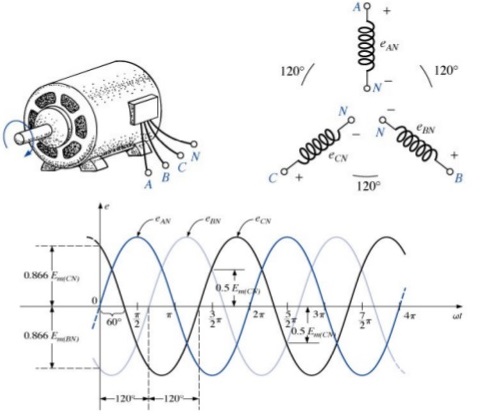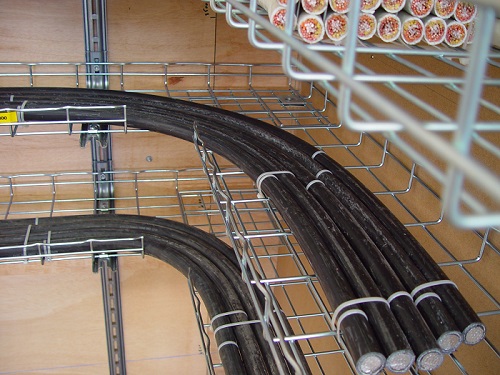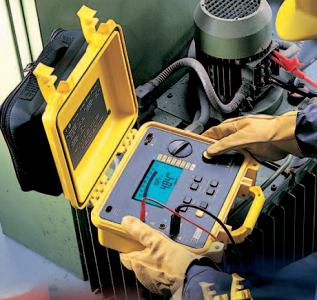As a new electrical student or a common man this questions comes in mind that why we prefer 3 phase power system. In recent years 3 phase electric wiring has become common and mostly used worldwide for power generation, power transmission, distribution and three phase engines or motors. A single-phase electric power supply is the… Read More »
Cable sizing is done based on three parameters: Load current, Short circuit current carrying capacity, Voltage drop. Below are given simple steps for performing cable sizing calculations. Step 1 – Calculate Load Current: Calculate the load current from the load data available. Formula is: I=Load (in kW)/(sqrt(3)V(in kV)p.f) (A) The current obtained has to derated… Read More »
Cable Capacity For Cu Wire Current Capacity (Up to 30 Sq.mm) = 6X Size of Wire in Sq.mm Ex. For 2.5 Sq.mm=6×2.5=15 Amp, For 1 Sq.mm=6×1=6 Amp, For 1.5 Sq.mm=6×1.5=9 Amp For Cable Current Capacity = 4X Size of Cable in Sq.mm ,Ex. For 2.5 Sq.mm=4×2.5=9 Amp. Nomenclature for cable Rating = Uo/U where Uo=Phase-Ground Voltage, U=Phase-Phase Voltage,… Read More »
1) What value AC meters show, is it the RMS or peak voltage? AC voltmeters and ammeters show the RMS value of the voltage or current. DC meters also show the RMS value when connected to varying DC providing the DC is varying quickly, if the frequency is less than about 10Hz you will see the meter reading… Read More »
1) Why We use of Stones/Gravel in electrical Switch Yard Reducing Step and Touch potentials during Short Circuit Faults Eliminates the growth of weeds and small plants in the yard Improves yard working condition Protects from fire which cause due to oil spillage from transformer and also protects from wild habitat. 2) What is service factor? Service… Read More »
1) Why ELCB cannot work if Neutral input of ELCB does not connect to ground? ELCB is used to detect earth leakage fault. Once the phase and neutral are connected in an ELCB, the current will flow through phase and that same current will have to return neutral so resultant current is zero. Once there is… Read More »




